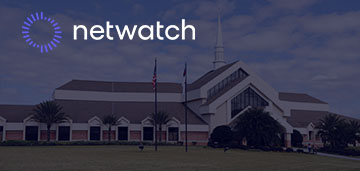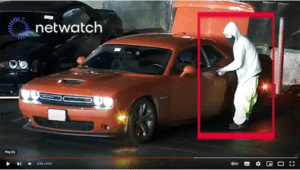Is 11 a.m. on Sunday, one of the most dangerous times in America?
The rise in crime and security threats faced by houses of worship in the United States has prompted the need for comprehensive security strategies and technological solutions. According to a report from a church security firm, there have been nearly 480 incidents of serious violence at places of worship each year, with two-thirds of the assailants having no affiliation with the congregation.
In the post-COVID era, church leaders are increasingly concerned about emerging threats, including individuals carrying concealed weapons, escalating domestic disputes, and the challenges posed by people with mental health issues. Sunday morning worship services, traditionally seen as a time for spiritual solace, have become vulnerable to these societal tensions.
Unlike other public spaces, houses of worship are often open and welcoming to all individuals, regardless of their appearance or perceived risk. Balancing this openness with security has become more challenging, leading to the exploration of technology as a vital component of security efforts.
Technology plays a crucial role in mitigating risks and enhancing safety measures. Visible security technologies such as surveillance cameras and alarm systems act as deterrents, dissuading potential criminals from targeting the premises. In the event of an incident, real-time monitoring and mobile applications enable quick response by capturing live footage and facilitating immediate action by security personnel.
Proactive video monitoring, powered by AI-enabled cameras and vigilant personnel, offers additional value by actively monitoring the facility’s perimeter and responding swiftly to potential threats. By integrating this proactive monitoring with access control systems, alarms, and motion sensors, churches can create a comprehensive security infrastructure, strengthening their defense strategy and protecting worshipers, their vehicles, and the entire premises.
Recognizing the significance of security, some governments have provided funding to non-profit organizations, including churches, for security enhancement projects. However, finding the right solutions and striking a balance between openness and vigilance remains a challenge.
To ensure the safety of open environments like houses of worship, schools, and government facilities, it is crucial to continue seeking solutions that deter criminals, enable swift response, gather evidence, and enhance overall security. By implementing effective security measures, churches can safeguard their congregations, restore a sense of peace, and uphold the sanctity of the experience.
CTA: Understand how PVM can transform your security program from reactive to proactive.



